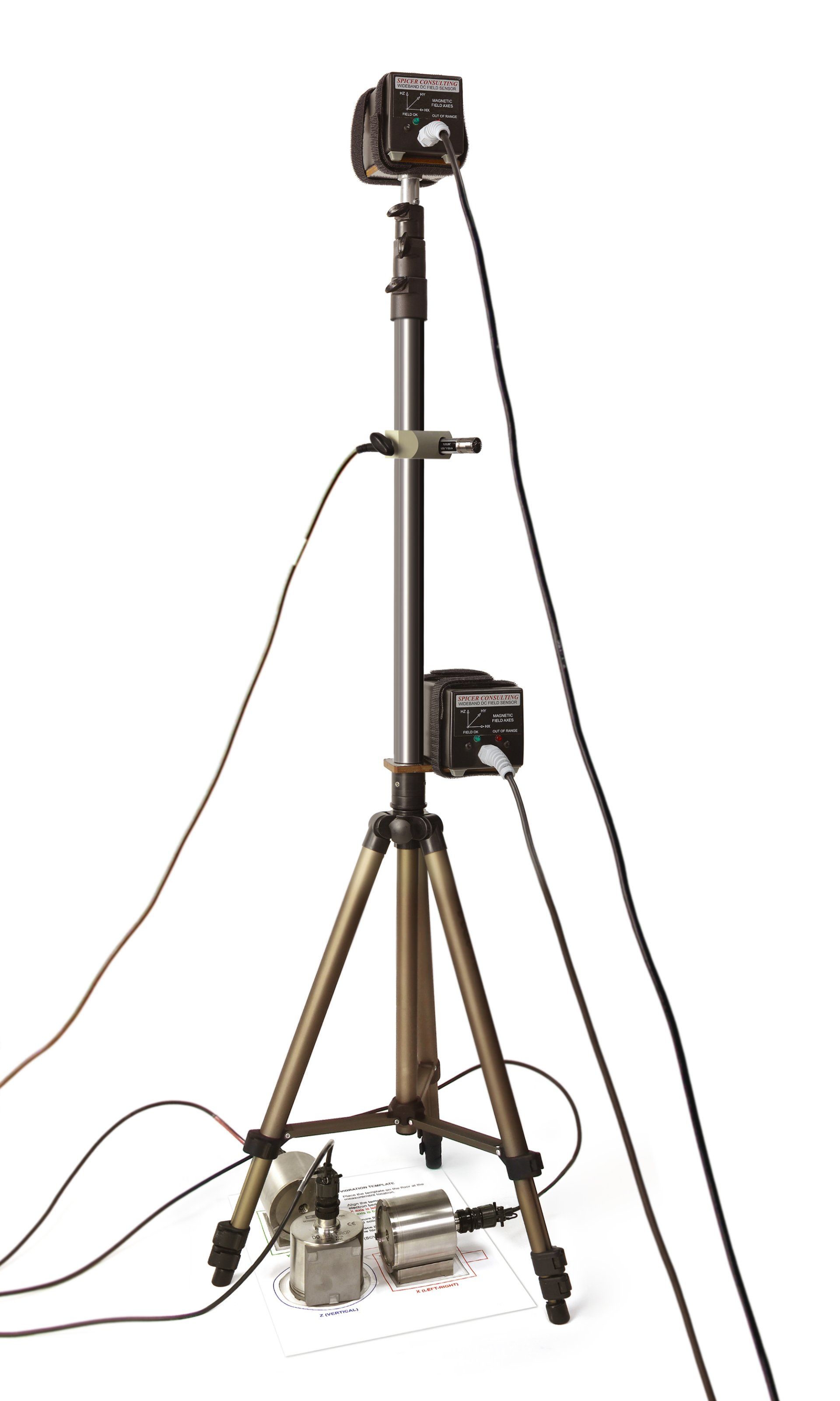Planning your microscopy installation – reducing or eliminating interference
October 5, 2021

A crucial element of establishing a stable environmental is a rigorous site survey prior to installation by either an independent service provider or the equipment supplier, to determine the presence of any disruptive external factors that may have adverse effects on image quality. Typically, this will include measurement of acoustic levels, magnetic fields and floor vibrations in X, Y and Z directions, and direct comparison with the environmental specifications of the equipment to be installed. Where necessary, action can then be taken to eliminate any unwanted interferences, such as installing a magnetic field cancelling system.
Site surveys
With more and more equipment being squeezed into laboratories, bench space is increasingly more valuable. Electron microscopists face the challenge of working in a crowded environment surrounded by other apparatus that depends on electricity to function, which potentially impacts on image quality. Site surveys have a vital role to play when investing in microscopy instrumentation, and can help to troubleshoot and resolve issues that may arise at a later date, especially as cities and towns grow and become more urbanised, increasing the potential for interference. In addition, in the drive to continually improve resolution and image quality, manufacturers’ environmental specifications are becoming ever more stringent, with top end microscopes with spectrometers only able to withstand up to 10 or 20 nanotesla of interference; finding an environment that is as suitable as possible can be extremely challenging.
Mitigating interference
In many cases, microscopes are installed into an existing facility, either to complement the equipment currently in use or as part of a new laboratory set-up. In this situation, there is generally little that can be done about the prevailing infrastructure and space constraints, and it is often a case of choosing an installation site as far removed from potential interferences as possible and installing a magnetic field cancelling system.
New purpose built laboratories provide the opportunity to design an environment optimised to microscope performance; all the interested parties can communicate from the outset to incorporate the optimal infrastructure and choose the ideal location, as far removed as possible from internal and external influences. For example, air conditioning units can be installed in a separate plant room away from the laboratory, electrical power cables routed to minimise any potential interference, and consideration given to appropriate siting of other equipment to reduce any likely effects on the microscopy instrumentation. Even the location of the car park in comparison to the microscopy room can be considered!
How can interferences be eliminated?
Where relocation is not possible, additional measures can be taken to combat the severity of vibrations and magnetic fields. Concrete blocks are a popular choice for isolating the microscope system from the rest of the building. This reduces the vibrations from building sway that transmit through the floor and into the structures of the microscope, causing them to resonate at different frequencies. Another option is active vibration isolation, which uses a platform of transducers to move the system in the opposite way and is able to respond fast enough to ensure that any phase lag is minimal.
Top-end microscopes can only withstand minimal interference, so finding a suitable environment for the equipment can be extremely challenging. It is becoming increasingly common for electron microscope users to seek advice from experts to mitigate unwanted interferences, with one solution being to install a magnetic field cancelling system. Spicer’s proprietary field cancelling technology has been developed over many years, and there are now thousands of these systems in use worldwide.
To find out more about Spicer’s comprehensive pre-installation site surveys and magnetic field cancelling systems, contact us here.
About Spicer Consulting Limited
Since it was established in 1988, Spicer Consulting has built a world-wide reputation in magnetic field cancelling for Electron Microscopes and similar instruments. Today, working with equipment manufacturers and users alike, the company is recognised as an industry expert in maximising the performance of electron microscopes, electron beam lithography systems, CD metrology and focused ion beam tools.
Spicer Consulting magnetic field cancelling systems protect sensitive equipment in the world's leading laboratories, universities and semiconductor manufacturing plants, as well as in the test facilities of electron and ion beam equipment manufacturers. Its magnetic field, vibration and acoustic analysis systems have been adopted as standard equipment for the conduct of site surveys by leading equipment manufacturers. Spicer Consulting is located in Stewartby, Bedfordshire, within the United Kingdom’s Golden Triangle of elite universities in London, Cambridge and Oxford.
